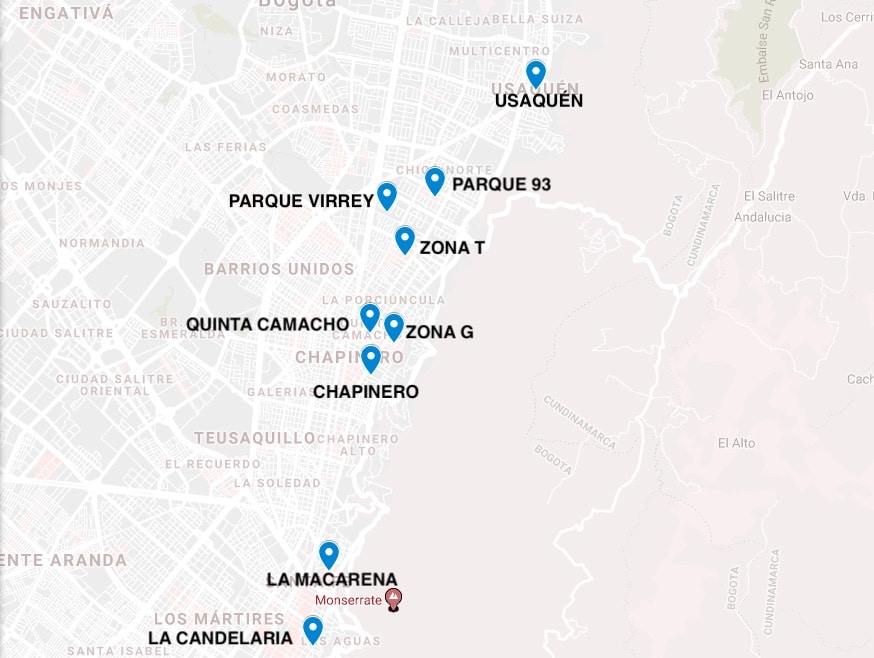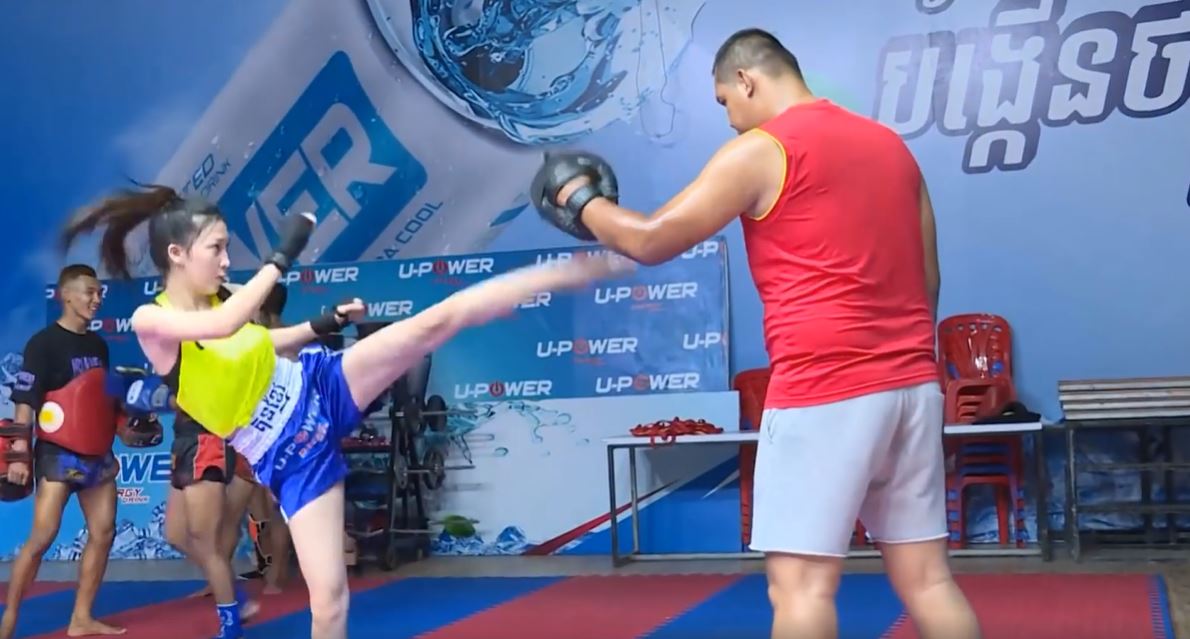
Make sure your family is safe while swimming. Get a safety net that's big enough for toddlers or small animals. The net is lighter than a pool cover and easier for children to slide through. Another way to mark the deep edge of a pool is to use floating buoys. Safety net lines are placed on the surface of water to define the deep end. These buoys also remind kids to stay in the shallow end. Keeping kids safe is essential, so remember to enforce your pool rules and stick to them.
Mesh pool fencing
Mesh pool fences offer many benefits. They are economical, durable, and practical. Mesh pool fences offer safety as their greatest advantage. They must be ASTM-compliant. That means they have been proven safe and tested by independent laboratories. Moreover, they should be easy to clean and maintain. These are some helpful tips to help choose a mesh fence for your pool. Keep in mind that mesh fences should always be surrounded by solid material.
A mesh pool fence is approximately $16 to $25 per foot. This fence's cost will vary depending on its type and size. A 10-foot section will cost you around $90. A drill guide and core drill will be required to rent. It may not be necessary to surround the area completely. Instead, consider installing landscaping or physical barriers. Another option is safety pool covers. Safety pool covers are non-removable and can support the weight of small children or four-wheeled cars.

Alarms for underwater pools
The alarms for underwater motion pools are devices that sound an alarm if an object falls in the water. These alarms are usually battery-powered and can also be attached in many ways. You can attach them to a collar on your dog. They run on a 9 volt battery and can last up one year. They are also easy to use and affordable.
Some are floating and some are infrared. These sensors work best in larger pools, and they can also be placed poolside. Underwater sensors are less likely than floating pool alarms to set off false alarms. A magnetic alarm key is not easy to use but provides more security. The Lifebuoy Pool Alarm System for instance costs $300. Infrared pool alarms are also installed poolside and are installed with a 9-volt battery. Although the Lifebuoy pool alarm system is the most affordable, it requires drilling holes in the sides of the pool. It detects changes in water pressure which reduces the likelihood of false alarms.
Anti-entrapment drain covers
After Virginia Graeme Baker, a sevenyear-old girl drowned, the introduction of anti-entrapment pool covers was made. Baker was trapped in a defective drain cover due to suction entrapment. This is a common reason for drowning. Baker's family and friends began to work together immediately to find a way to prevent the entrapment. A few years later, VGB Act was enacted.
Covers for anti-entrapment drains are an inexpensive safety measure that can be used around swimming pools and spas. These covers fit easily onto existing main drains and provide a cost-effective, but effective safety feature. There are no longer any older designs of anti-vortex drain covers or suction outlet covers. A professional is highly recommended for pool owners before installing drain covers. A member of PHTA can inspect the drain cover to prevent drownings or protect children.

Electrical safety for pools, spas
From the installation of power cords to portable light equipment to knowing which circuit your swimming pool is on to routine panel inspections, electrical safety in swimming pools can be achieved. It also covers hot tubs or spas. It is vital to be aware that power lines, particularly underground ones, can accidentally come in direct contact with water. Below are tips to increase safety, and ensure compliance of the NEC. Listed below are the basic electrical safety requirements for swimming pools, spas, and hot tubs.
Outdoor receptacles should be covered and dry, especially during the summer. Using ground fault circuit interrupters (GFCIs) is another good way to prevent electrocutions and electrocution. They are lightweight and simple to install and cost anywhere from $12 to $30. Additionally, electrical devices and cords should be kept at least 10 feet away from water. Additionally, you should avoid handling electrical devices with wet fingers, especially in the presence water.
FAQ
What are some tips for self-defense for women?
It is important to be able quickly react when you are practicing self defense. You need to be ready for any situation.
Training with a friend can be one of the best things. Training with a friend allows you to practice together and improve your technique.
Another tip? Practice with something heavy. If you are attacked, it is more likely that you will hit your attacker with a heavy object.
How do beginners do self-defense?
Not only are experts trained in self-defense, but so is everyone else. You must also be able to defend yourself alone. These basic moves will help you defend yourself against attacks.
Start by learning basic movements like punching, kicking and kneeing. Then you can add more advanced moves like grappling and joint locks.
It is always beneficial to practice what you might encounter in real-life situations. To learn how to kick someone you need to practice on something soft, such as a pillow.
This way, you won't hurt yourself while practicing. Be careful not to strike anything too hard as you could cause damage.
How much does a stun gun cost?
A stungun can be priced from $20 to $100 depending on the model.
Two batteries are included in most models. The battery lasts approximately three to four months.
Statistics
- Most likely, the person will want some kind of boxing match, so if you can out-box them, this would be 100% ideal for survival. (budodragon.com)
- Boxers aren't allowed to fight in a clinch, which is a position that occurs in 80% of the streetfights. (mmaclan.com)
- Kung Fu alone has 400 unique martial art styles – and whilst you likely won't be able to find a school for each form, many other martial arts are completely different altogether. (budodragon.com)
- Most likely, you'll get tapped out by 90% of the people in your first 3-5 months. (mmaclan.com)
External Links
How To
How to use Kubotans in self-defense
Kubotan, or small sticks, are used as weapons by Okinawan masters in martial arts. They were originally made of bamboo but have since been replaced by metals and plastic.
They usually measure around 5cm lengthwise and 2cm widthwise.
The Kubotan's purpose is to strike at your opponent's eyes, nose and mouth. It can also be used to strike at other body parts like elbows and knees.
Women often use Kubotan because they are easy to carry, lightweight, and can easily be concealed when not needed.
Knowing where to place your Kubotan to strike the correct spot is essential to be able to effectively use it.
Before you can hit the right spots, practice with the Kubotan.
The steps below will teach you how to use a Kubotan for self defense.
-
Face the attacker
-
Hold the Kubotan tightly between your index and thumb.
-
Lift the Kubotan's arm above your head.
-
The Kubotan should be lowered towards the attacker's face.
-
Attack the attacker with a fist.
-
As the Kubotan strikes the target, you should be able see its impact.
-
Continue swinging the Kubotan until you hear a "thwack" sound.
-
Lower the Kubotan then take a step back.
-
Repeat Steps 1-7 if you wish to keep fighting.